What to do if CountyLine Water Pump pressure switch is too far from tank?
- TtammymartinezSep 8, 2025
Move the switch to within one foot (.3m) of the tank.
What to do if CountyLine Water Pump pressure switch is too far from tank?
Move the switch to within one foot (.3m) of the tank.
What to do if CountyLine CLA201 Water Pump bleeder orifice check valve is stuck?
If the valve is stuck, free it. If it's installed backwards, reverse it.
What to do if my CountyLine CLA201 check valve at pump discharge is stuck?
Free the check valve.
What to do if my CountyLine CLA201 air volume control is not working?
Replace the control if necessary.
What to do if my CountyLine CLA201 Water Pump has worn impellers and diffusers?
Replace the pump.
Identifies the CountyLine 4" Submersible Pumps, including model type, wire configuration, and power ratings.
Provides contact information and page references for installation, operation, and maintenance assistance in English and Spanish.
Details DANGER, WARNING, CAUTION, and NOTICE signal words, and provides essential safety instructions for pump use.
Informs users about chemicals known to the State of California to cause cancer or reproductive harm.
Lists key technical specifications for the submersible pumps, including power supply and temperature range.
Covers inspecting the pump for damage, developing the well, and conditions that void the warranty.
Explains the importance of proper electrical grounding and guidelines for wiring connections and cable sizing.
Table correlating wire gauge to maximum cable length for different pump horsepower and voltage ratings.
Illustrates the correct wiring connections for single-phase, 2-wire submersible pump motors.
Step-by-step instructions for creating a waterproof splice using electrical tape for AWG 8 and larger wires.
Detailed guide for making waterproof splices using heat-shrink tubing and butt connectors for smaller wires.
Method for splicing wires using butt connectors and plastic insulators for a waterproof connection.
Covers securing power supply cable, pump installation, safety ropes, and pipe material selection.
Procedure for safely starting the pump, including bleeding the well and clearing solids from the water.
Guidance on connecting to pressure tanks, preventing freezing, and installing pressure relief valves.
Detailed instructions for grounding all metal components to prevent electrical shock hazards.
Visual representation of a standard tank hookup, showing component placement and connections.
Table specifying the correct distance for bleeder orifices based on tank size for optimal air charging.
Illustrates the setup for a pre-charged pressure tank, including component layout.
Table providing recommended pre-charge pressure settings for various pump cut-in and cut-off pressures.
Addresses problems like the motor not starting, fuses blowing, or overload protector trips.
Solutions for pumps starting too frequently and issues related to low or high voltage supply.
Diagnoses and resolves issues like no water delivery, low water levels, and plugged intake screens.
Guides on handling air or milky water discharge and troubleshooting air volume control problems.
Details the warranty period, claim procedures, and general terms for product coverage.
Outlines specific conditions and situations not covered by the limited warranty.
| Horsepower | 6.5 HP |
|---|---|
| Maximum Flow Rate | 158 GPM |
| Inlet Size | 2 inches |
| Outlet Size | 2 inches |
| Maximum Head | 98 feet |
| Suction Head | 26 feet |
| Engine Type | Gasoline |
| Max Flow Rate | 158 GPM |
| Suction Size | 2 inches |
| Discharge Size | 2 inches |
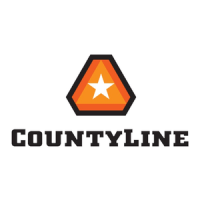

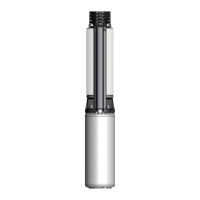
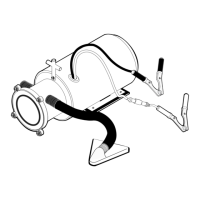
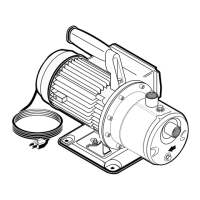
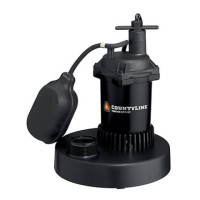
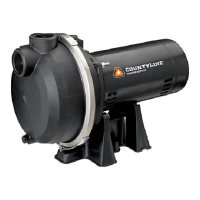
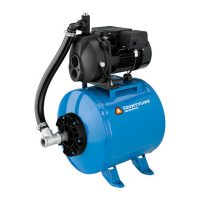


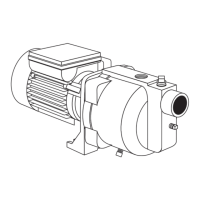

